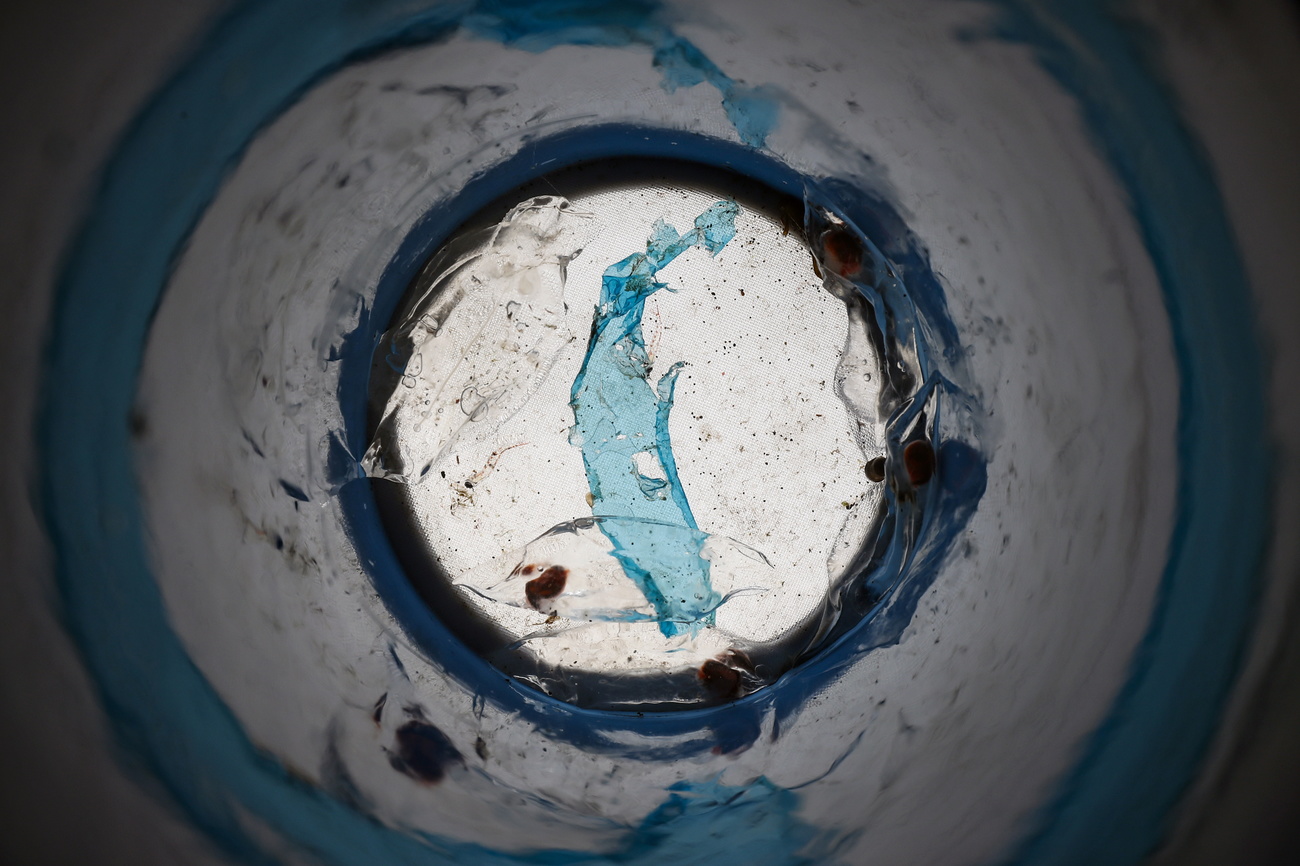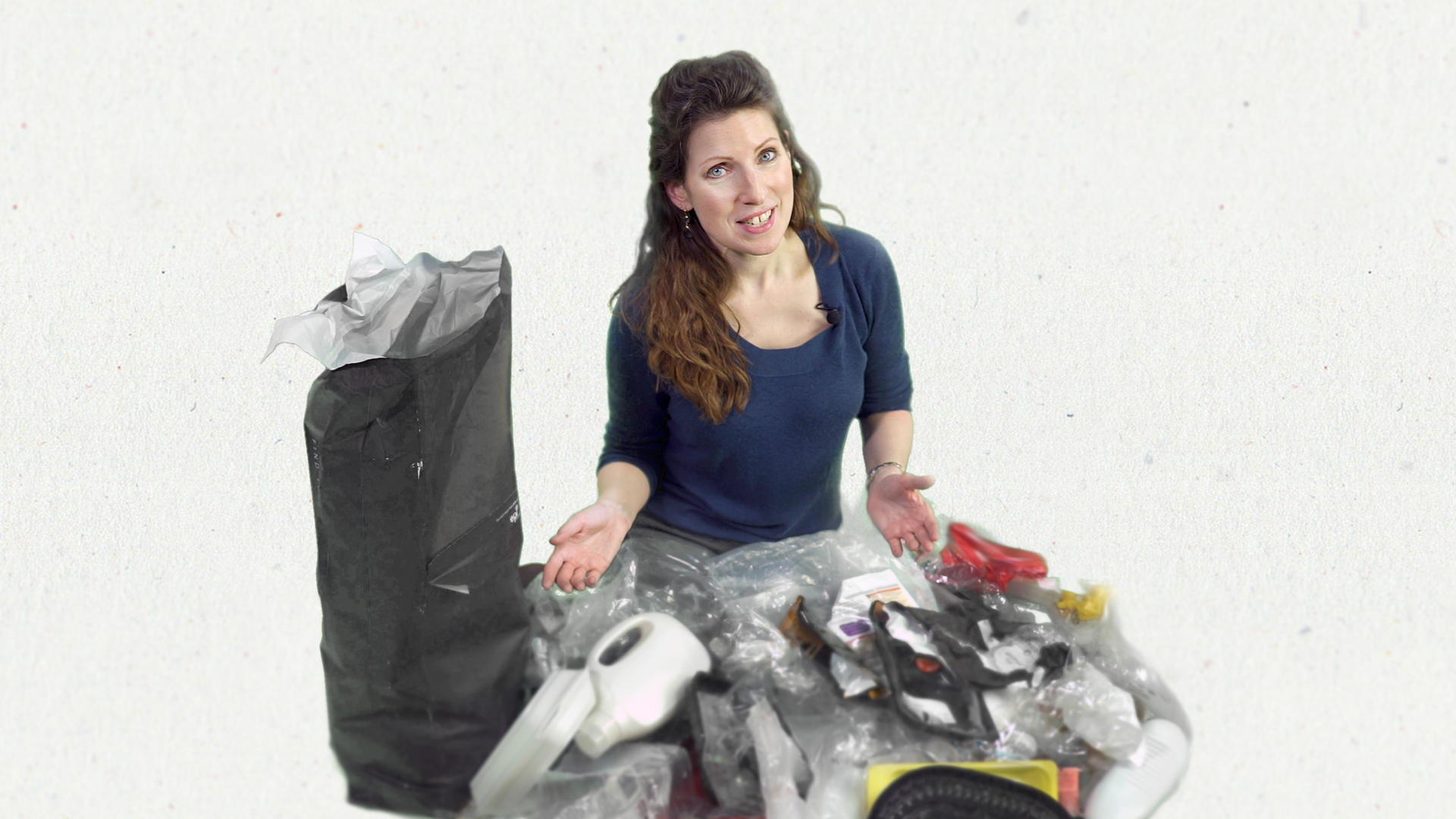Basel researchers find more plastic in Antarctic than previously thought

Far more plastic is floating in the Antarctic Ocean than previously assumed as a large proportion of it was so small that previous studies failed to detect it, researchers from Basel have shown in a study.
In previous studies, plastic particles were fished out of the sea using a fine net, explained the University of Basel in a press release on Tuesday. These nets had mesh sizes of around 300 micrometres (a third of a millimetre), but smaller particles would not be caught.
In newly analysed seawater samples from the Antarctic Weddell Sea, 98.33% of the plastic particles were smaller than 300 micrometres, an international research team led by the University of Basel showed in a study published in the journal Science of the Total Environment.
Instead of fishing the plastic particles out of the sea with a net, the researchers pumped seawater into a tank and analysed the water using infrared spectroscopy. This enabled them to detect particles as small as 11 micrometres, a fraction of the thickness of a single human hair.

More
Why don’t the Swiss recycle more plastic?
Danger to vulnerable creatures
“There are concerns that these more common smaller microplastic particles pose a more significant risk to aquatic life,” the researchers wrote in the study, as these creatures, which are adapted to extreme conditions, are particularly vulnerable to environmental pollutants.
According to the researchers, it is not yet clear exactly how the microplastics came to be in the remote Weddell Sea and whether they will ever leave it. Possible sources include shipping in the region, for tourism, fishing, and research purposes, or research stations on land. However, the microplastics could also reach the Antarctic via ocean currents or atmospheric transport from other regions.
Clara Leistenschneider, lead author of the study, expressed her optimism in the University of Basel press release, as many stakeholders around the world are working hard to better understand the problem and come up with ideas to reduce plastic pollution.
Adapted from German by DeepL/kp
This news story has been written and carefully fact-checked by an external editorial team. At SWI swissinfo.ch we select the most relevant news for an international audience and use automatic translation tools such as DeepL to translate it into English. Providing you with automatically translated news gives us the time to write more in-depth articles.
If you want to know more about how we work, have a look here, and if you have feedback on this news story please write to english@swissinfo.ch.

In compliance with the JTI standards
More: SWI swissinfo.ch certified by the Journalism Trust Initiative
You can find an overview of ongoing debates with our journalists here. Please join us!
If you want to start a conversation about a topic raised in this article or want to report factual errors, email us at english@swissinfo.ch.